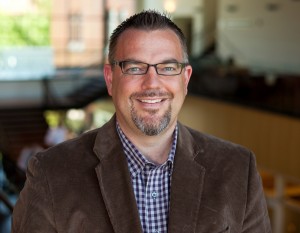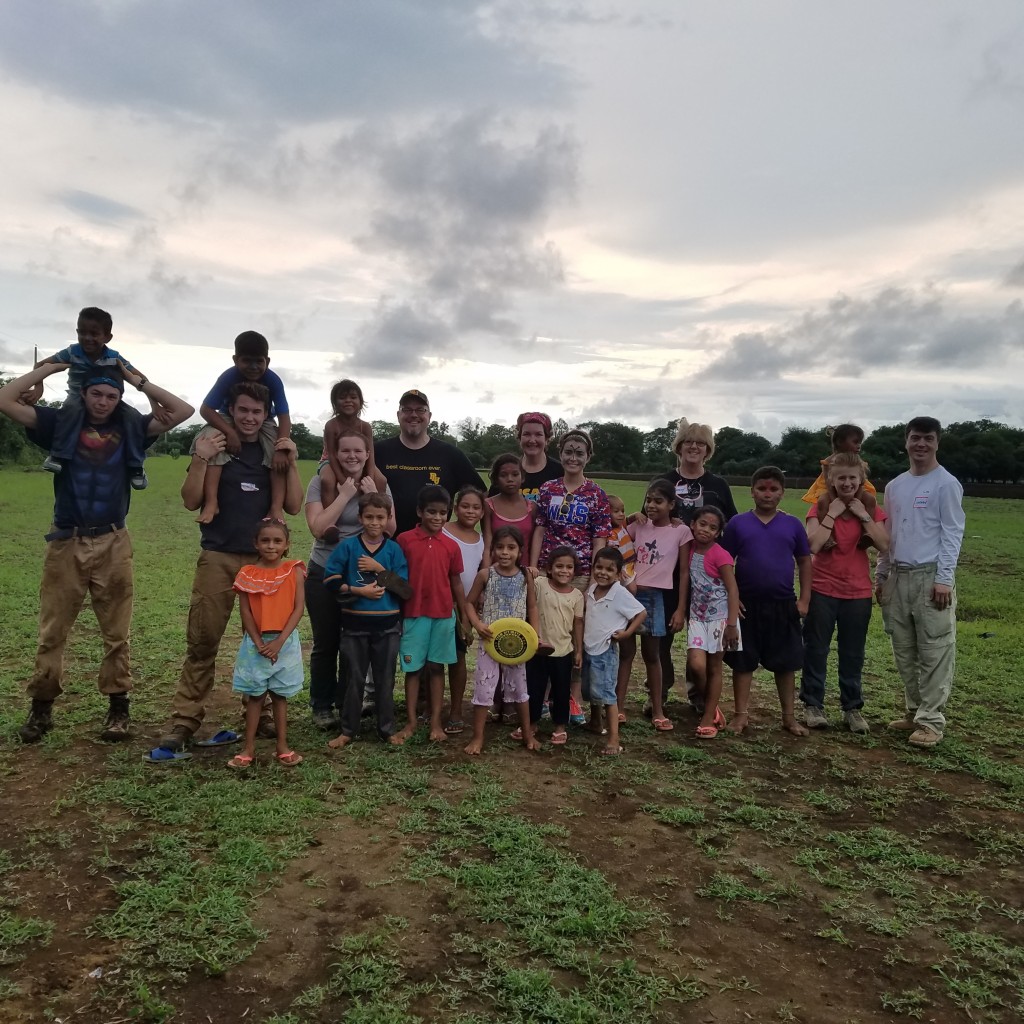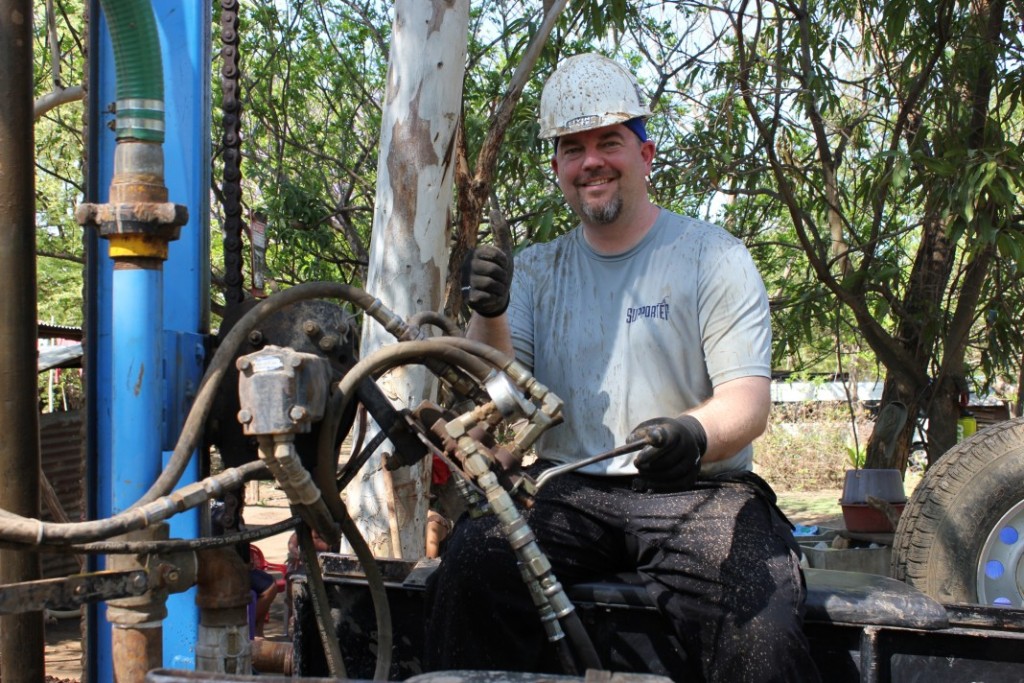Social Innovation at PLU
Preparing Students for Social Impact
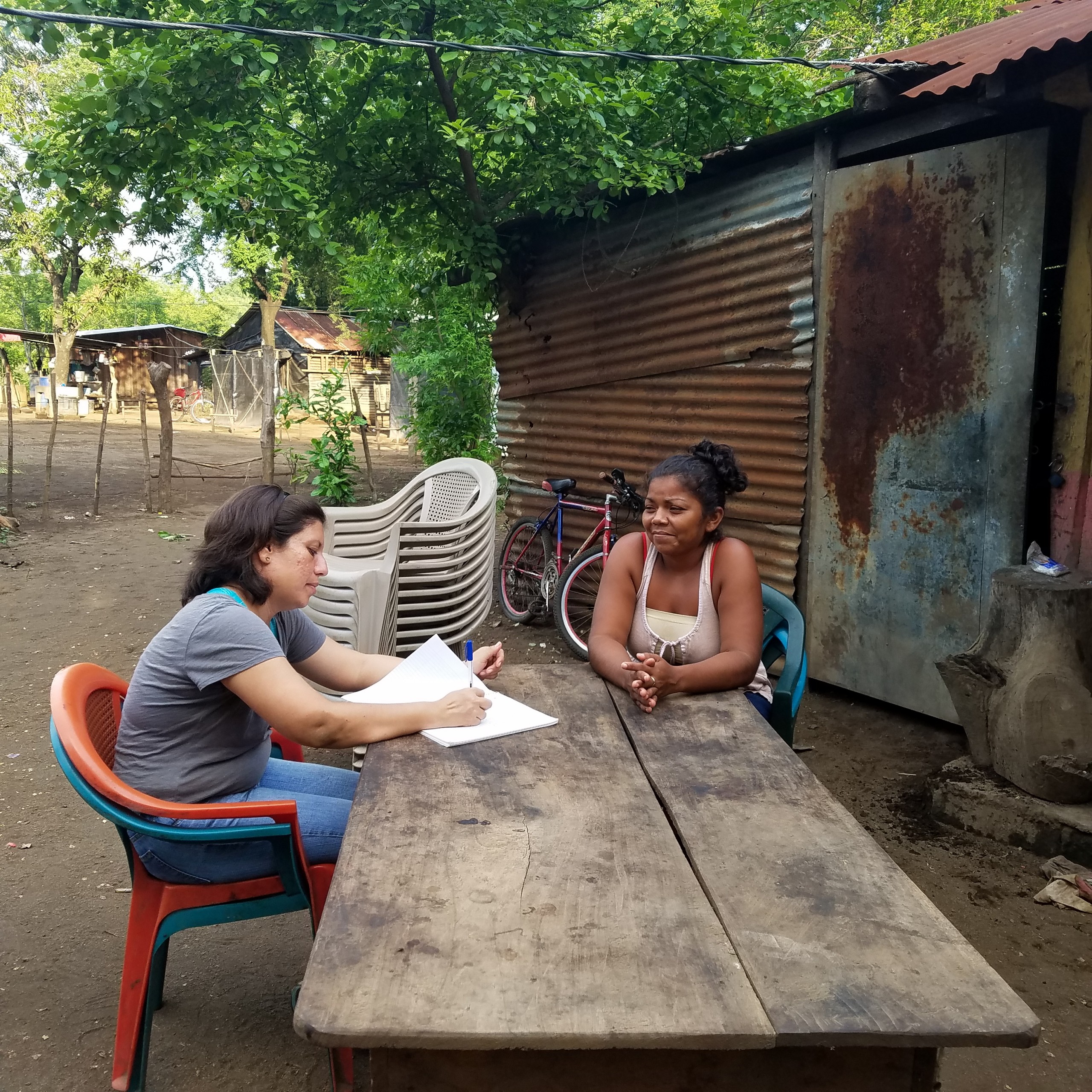
Image: Understanding community needs is the foundation of social innovation. (PLU NicarAGUA Project / 2015)
By Sarah Cornell-Maier
When I think of social innovation, the first thing that I think of is creatively combining new social practices with existing infrastructure. Some useful examples include fair trade organizations, which provide equity in trading relationships through an integrated supply chain, and the new Enable Talk smartphone app, which allows sign language to be translated into speech, giving people with hearing impairments the ability to communicate with hearing peers.
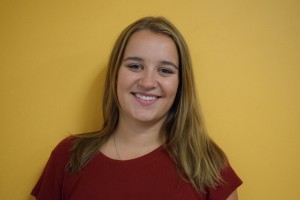
Sarah Cornell-Maier ’19
Social innovation differs from other types of innovation in that it uniquely works to solve issues that communities face in the social realm. Social innovators are interested in ideas and solutions that create social value. These ideas may come from social entrepreneurs working in small groups, or large organizations, such as nonprofits, universities, and government organizations.
How does Social Innovation work?
At Pacific Lutheran University, we begin by investigating political, social, environmental, and economic challenges, and then we apply attributes like critical thinking, economic analysis, and sustainable business design to imagine solutions to the problems. Social innovations are often complex–they take on big issues like human rights abuses, stigmas in society, and structural inequalities, just to name a few concerns.
PLU’s approach to social innovation is interdisciplinary, and it draws on strengths within the Lutheran tradition of higher education and curriculum featuring eleven different departments and schools. We look for and create connections between traditional liberal arts programs, the technical fields, and the professional schools.
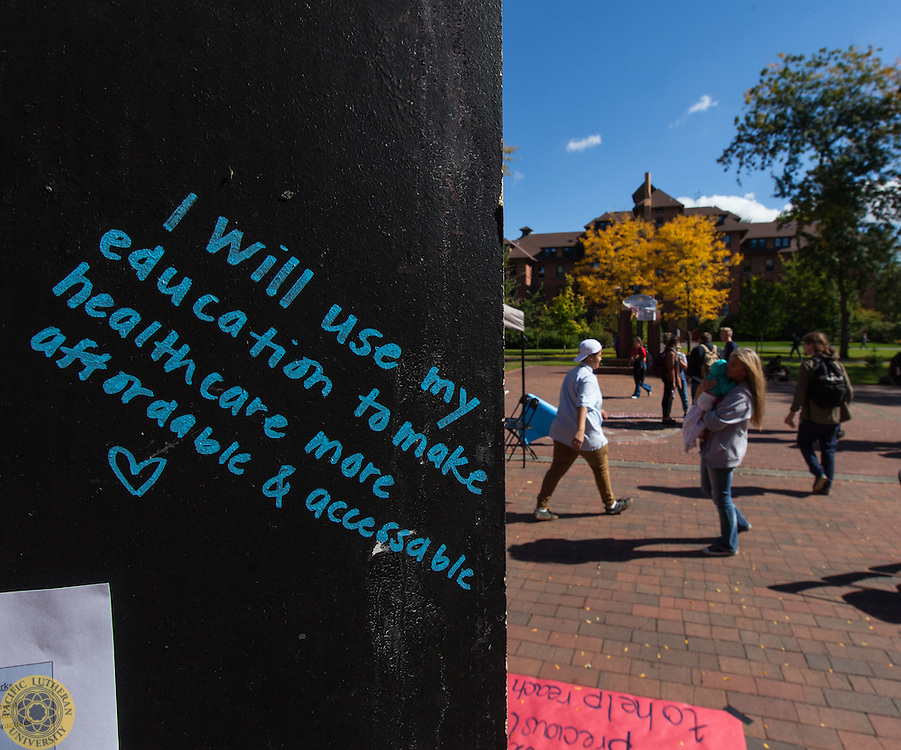
A recent Peace Day celebration at PLU asked students what they would change in the world. (John Froschauer)
Social Innovation Projects at PLU
I had the chance to sit down with PLU’s Professor Mark Mulder recently for a conversation about social innovation and his experience in the field. Professor Mulder teaches Marketing and Consumer Behavior in the School of Business. He also has a background in Social Innovation, conducts and publishes related research, and frequently leads a program that works collaboratively with groups in Central America to build wells and teach health-related topics in the community.
When it comes to social innovation, Mulder has a unique perspective on how and when it can be beneficial.
“When I look at social innovation,” Mulder said, “I look at individuals, I look at communities, and I look at what needs they have. As a potential partner, I begin by examining what resources are present, and then I consider how marketers, social impact organizations, and NGOs might come alongside and help meet the needs that have been identified.”
“A comprehensive approach to solving social issues,” Mulder suggested, “can look different depending on the community. Solutions always vary, but what remains consistent are the needs of the community and how important it is to honor the people and allow them to flourish through solutions that are designed, mapped, and executed by the community.”
To date, Dr. Mulder has led six global service projects around this theme, working collaboratively to support almost 2,000 community members in Honduras and Nicaragua as they achieve their goal of reliable access to clean water.
Diverse Perspectives and The Matrix
When it comes to the Innovation Studies Minor program at PLU, social innovation is an integral aspect of the coursework.
“I’m excited for Innovation Studies, and I’m excited that this is the lens that students at PLU get to look through because that I think this is really rich- to be able to look at things from so many different perspectives,” said Mulder.
Professor Mulder concluded his description with an analogy from the 1999 cult science-fiction classic, The Matrix.
“There’s a well-known effect in The Matrix called “bullet time” or “the big freeze” that slows everything down and allows the film’s characters to pause and consider what’s happening around them. I feel that the Innovation Studies program provides this kind of interval for students and faculty to reflect on our campus.”
“PLU’s globally-focused curriculum give the community a chance to see the world through new lenses. Through the experience, we can consider new and meaningful approaches to problems that seem vexing. Social innovation requires this type of process.”
To learn more about the Innovation Studies program, visit the program’s website or contact program director Michael Halvorson.



